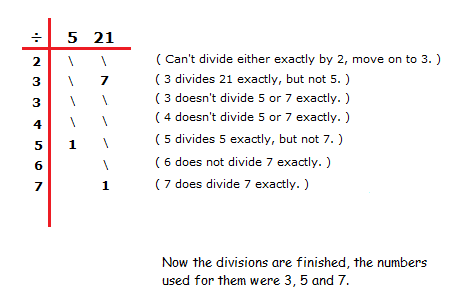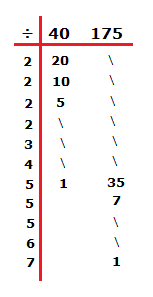Multiples of numbers, are the result of multiplying given numbers by integers.
Integers = { …. , -3 , -2 , -1 , 0 , 1 , 2 , 3 , …. }
Multiples Intro
Let’s consider an example of the number 6.6 × 0 = 0 , 6 × 1 = 6 , 6 × 2 = 12 , 6 × 3 = 18 , 6 × -1 = -6
The numbers 0, 6, 12, 18 and –6 are all multiples of the number 8.
They each are the result of multiplying 6 by another number.
Fractions and Multiples
Fractions can also have multiples just like whole numbers.
{\large{\frac{1}{2}}} \times 0 \space = \space 0 , {\large{\frac{1}{2}}} \times 1 \space = \space {\large{\frac{1}{2}}} , {\large{\frac{1}{2}}} \times 2 \space = \space 1 , {\large{\frac{1}{2}}} \times 3 \space = \space {\large{\frac{3}{2}}}
All the answers above, are multiples of \frac{1}{2}.
Multiples of Numbers, Common Multiples
With multiples of numbers, a common multiple is a number that happens to be a multiple of 2 or more other numbers.
We can list some multiples of 2. => 2 , 4 , 6 , 8 , 10 , 12
Some multiples of 6. => 6 , 12 , 18
It can be seen that 6 and 12 are common multiples of 2 and 6.
What are Lowest Common Multiples,
Lowest Common Multiple
What are lowest common multiples?
In Math the lowest common multiple of a pair of positive numbers or a larger group of positive numbers, is the smallest positive number that is a multiple of each number.
Examples
1.1
Find the lowest common multiple of the numbers 5 and 6.
Solution
One effective method is to list out the multiples of each number, and looking for the smallest shared multiple in both lists.
5 => { 5 , 10 , 15 , 20 , 25 , 30 , 35 , 40 , 45 , 50 , …. }
6 => { 6 , 12 , 18 , 24 , 30 , 36 , 42 , 48 , 54 , 60 , …. }
From the lists it can be seen that 30 is the lowest common multiple of 5 and 6.
1.2
Find the lowest common multiple of 3, 6 and 14.
Solution
3 => { 3 , 6 , 9 , 12 , 15 , 18 , 21 , 24 , 27 , 30 , 33 , 36 , 39 , 42 , 45 , … }
6 => { 6 , 12 , 18 , 24 , 30 , 36 , 42 , 48 , 54 , … }
14 => { 14 , 28 , 42 , 58 , … }
42 is the lowest common multiple of 3, 6 and 14.
1.3
There is another approach also than can be used.
Firstly, draw up an appropriate table and begin dividing each given number exactly, starting with a divisor of 2.
Then keep dividing each result we get, increasing the value of the divisor where necessary.
Until we eventually obtain a result of 1, with no more exact division to be carried out.
We can look at the case of the lowest common multiple of 5 and 21.

These numbers that were used in the divisions, multiplied together will give the lowest common multiple of both numbers.
3 × 5 × 7 = 105
We can see this by drawing up a list of the factors of 5 and 9.
5 => { 5 , 10 , 15 , 20 , ……. , 90 , 95 , 100 , 105 , 110 , … }
21 => { 21 , 42 , 63 , 84 , 105 , 110 , … }
1.4
Find the lowest common multiple of 40 and 175.
Solution
Here we can use the table and division method.

2 was used in the division three times, 5 two times and 7 one time.
2 × 2 × 2 × 5 × 5 × 57 = 1’400
1’400 is the lowest common multiple of 40 and 170.
1.5
Find the lowest common multiple of 4, 6 and 9.
Solution
We can also find the lowest common multiple of more than just two numbers.
The table and division method still works the same way.

2 was used in the division two times, and 3 was used two times.
2 × 2 × 3 × 3 = 36
36 is the lowest common multiple of 4, 6 and 9.
- Home ›
- Arithmetic/Numbers › Multiples, Lowest Common Multiple